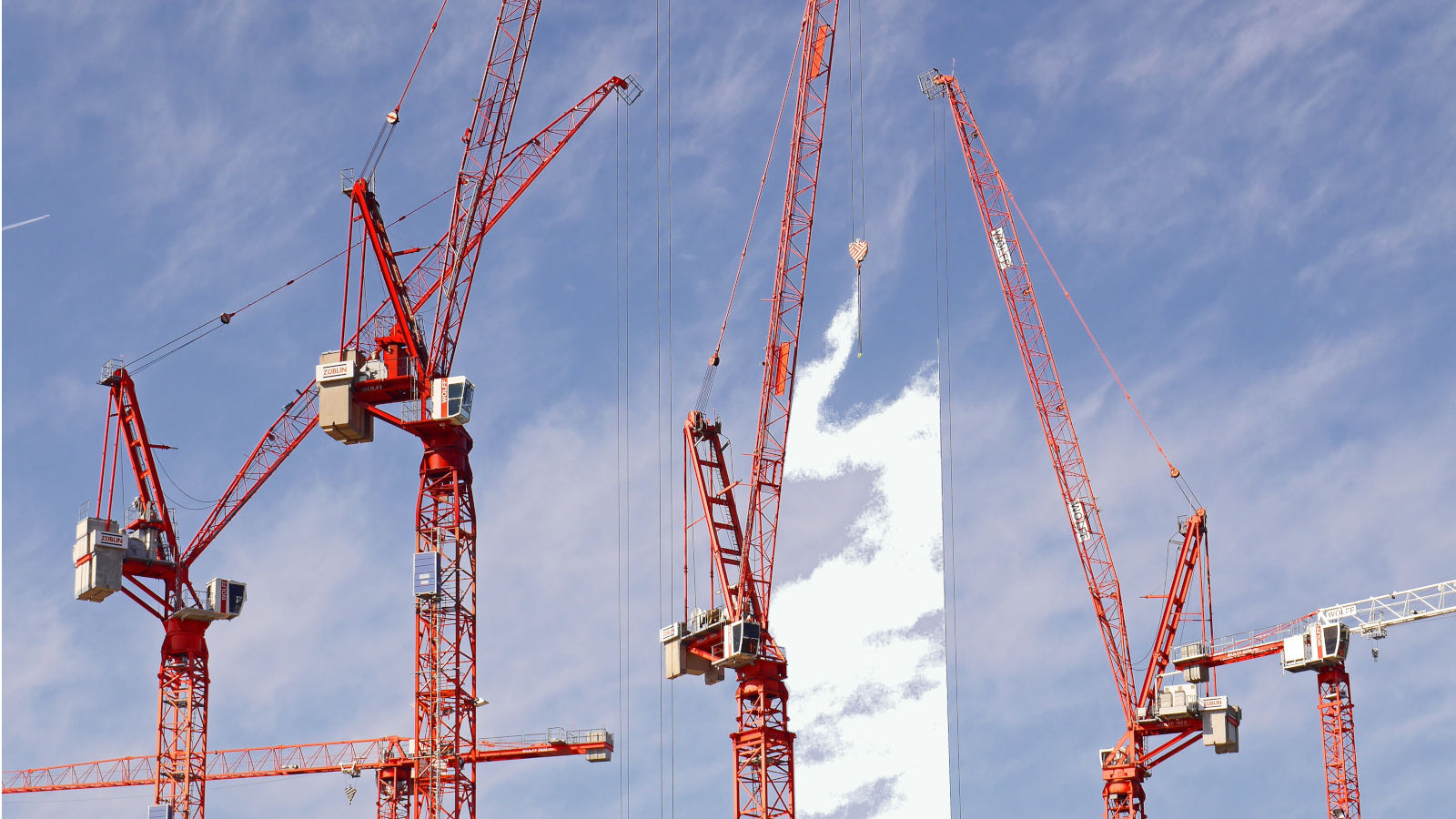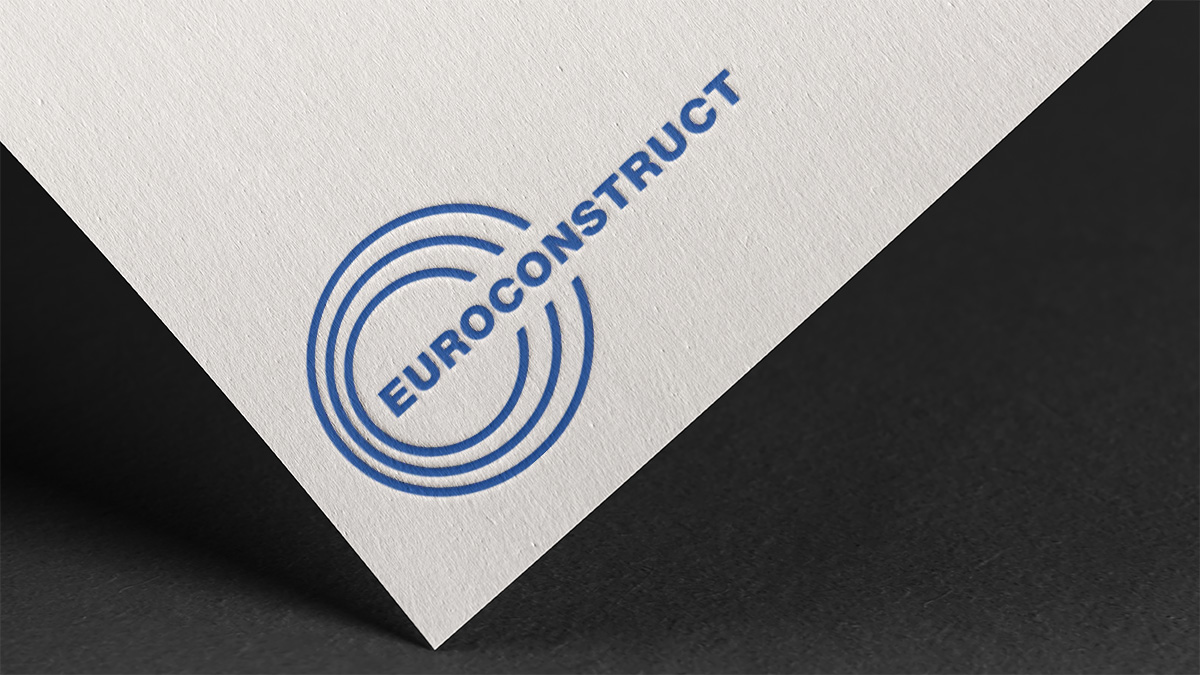
The Spanish construction sector is not recession-proof, but it is neither among those waiting in line to fall. Still running in austerity mode, Spain has been a mere spectator of the expansive phase of the construction market in most of Europe. As a result, construction demand is not in urgent need of being cooled down.
Contradiction is a deeply ingrained trait of the Spanish society, but during this long hot summer it is leaving most observers perplexed. On the one hand, there are constant warnings about the upcoming recession and how it could reach dangerous proportions, considering that the Spanish economy has not yet fully recovered from the covid shock. On the other hand, the leisure business is booming, and the carefree atmosphere that can be felt on the tourist spots is at odds with the approach of a disaster.
It is tempting to play at being psychologists and conclude that the beaches and restaurants are full of people (a mix of Spaniards and plenty of foreigners) that have deliberately chosen to ignore Emmanuel Macron’s words about “the end of abundance”. Anyway, they are not the only ones in denial: last June, Fortune ran a global CEO survey that found out that 67% of the respondents were pessimistic or very pessimistic about the short-term economic prospects. But at the same time, only 5% were pessimistic or very pessimistic about the short-term prospects of their own company. Perhaps they are expecting the next recession to be a porous one, with enough gaps to slip through without serious damage.
What are the chances for the Spanish construction sector to escape through these hypothetical gaps? Probably not too many, considering how bad the omens are. But unlike the crisis of the past decade, this time construction seems far less vulnerable.
We should start with a reassuring fact: the Spanish economy as a whole is still below the pre-corona levels, but the Spanish construction has recovered at a faster pace. According to the latest statistics, the amount of cement consumed in the first half of 2022 surpasses very slightly the figure of the first half of 2019. And in August 2022, the number of construction workers was 6,8% higher than in August 2019.
“The Spanish construction sector is not worried by a comeback of the same triggers that made it collapse in 2008. As elsewhere, the main concern is now inflation.”
ABOUT THE AUTHOR
Josep Ramon Fontana
ITeC
Construction market analyst and ITeC’s representative in Euroconstruct, which is a vantage point from which to observe the rollercoaster movements of the sector.
ABOUT THE AUTHOR
Josep Ramon Fontana
ITeC
Construction market analyst and ITeC’s representative in Euroconstruct, which is a vantage point from which to observe the rollercoaster movements of the sector.
